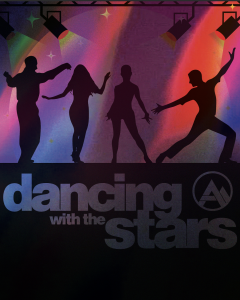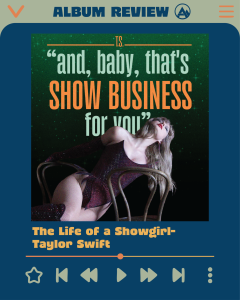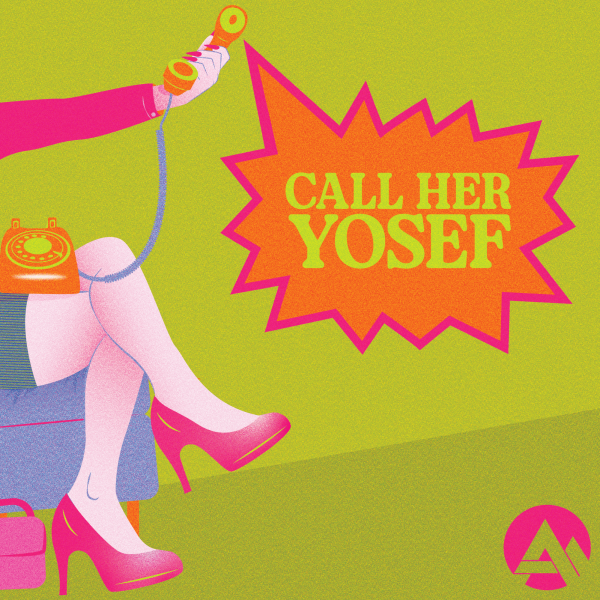OPINION: The most popular definition of feminism is not the most intersectional
April 7, 2022
Many people believe the goal of the feminist movement is to allow women the freedom to make their own choices. The response is somewhat reasonable, considering how reproductive rights and bodily autonomy are some key issues tackled by the feminist movement. However, the idea that feminism is about making choices overlooks how choices are presented differently for women across various backgrounds. Moreover, feminism defined by choice does not address how some choices taken by women still ultimately feed into the patriarchy.
Injustices faced by different women are heavily layered. For instance, unwealthy women may have access to fewer resources than wealthy women. Transgender women must withstand the extensions of misogyny, such as transmisogyny. Women of color experience racism alongside gender oppression. As women fit into different variations of these backgrounds, choices also present differently for them. Suppose two transgender women, each coming from different social classes, desire gender affirmation surgery, which studies show is associated with improving mental health. If one woman cannot fund her surgery, she is denied a chance of lessened psychological distress that a wealthier woman in her position may experience. Here, the choice of gender affirmation surgery is determined by class.
Choice-centered feminism also ignores how others’ perceptions of women influence their access to certain choices. Black women have often been characterized as “sassy” or “aggressive” in television culture. If, for instance, an individual higher in a company hierarchy carries this false narrative about Black women, they may be unwilling to allow their Black coworker advance to a role she is heavily qualified for. It could very well influence her ability of getting hired.
Similarly, the contributions to social justice by women in the Appalachian region, who were overwhelmingly homemakers, are overlooked due to the perception that people of the region are “backward” or “behind on the times.” In fact, Appalachian women challenged the idea that homemakers are underskilled, performing duties from sustaining the education in the region to nursing wounded miners. Edith Easterling, a member of the anti-poverty organization Appalachian Volunteers, used her resources as a member to lead local protests for greater government benefits in support of coal miners. Eula Hall advocated for cleaner city water and joined an Black American-led civil rights movement. She later founded the Eastern Kentucky Welfare Rights Organization. Easterling and Hall, along with many other female activists from Appalachia, grew up and lived in impoverished conditions for much of their lives. Acknowledging how heavily the women from Appalachia contributed to the betterment of their communities is essential to taking down the idea that homemakers are incompetent in society. Yet, choice-centered feminism fails to address racist and classist stereotypes.
The choice definition overlooks the way so many choices sustain the patriarchy. For instance, cosmetic surgery is a choice, but it’s a choice appealing to the male gaze, which is a product of the patriarchy. Stopping others from shaming women for choosing a nose job does not address a woman’s urge to get a nose job in the first place.
Likewise, being a housewife is a choice for several women. Even if feminism was successful in eliminating scrutiny toward housework, that would only cover the surface of the issues faced by women. Housewives spend disproportionately more time performing care work than men, yet their labor remains unpaid and undervalued. The disregard of care work furthers the discrimination and oppression of women and creates a reduced view of their capabilities.
I’m not calling for everyone to shame women for making choices appealing to the patriarchy. The patriarchy is all-encompassing and unconsciously influences decisions, and if a woman is able to experience an inkling of empowerment in a patriarchal world, she shouldn’t be discouraged from doing so. Labeling certain choices as “feminist acts” causes us to ignore how these choices contribute to the persistent subservient level women stand in society. It is important to acknowledge how this choice definition revolves around the comfort of anti-feminists. If feminism has surface-level aims making no attempts to address privilege or power, it appears that feminists are not directly after toppling the patriarchy.
The way women from privileged backgrounds disregard the issues of their less privileged counterparts and contribute to their oppression also shouldn’t be overlooked. Privileged women sometimes exist in positions of power, and therefore, the ability to make oppressive decisions are accessible to them. As French philosopher Simone de Beauvoir highlights in “The Second Sex,” “The point is not for women simply to take power out of men’s hands, since that wouldn’t change anything about the world. It’s a question precisely of destroying that notion of power.” The aim of feminism should not be the “freedom to choose.” We must remove the element of privilege between men and women, wealthy women and unwealthy women, cisgender women and transgender women, and so on. Defining feminism by choice makes us fail in acknowledging how women across various backgrounds face misogyny differently from each other. The choice definition brings the issue down to the individual level, implying that the woman is suffering because of her bad choices rather than existing societal issues like race or social class. Oppression through transmisogyny, white feminism and class struggles only strengthens when people stick to a surface level definition of feminism. Intersectional feminists must analyze how such choices are motivated by and sustain the patriarchy.
In order to protect the author’s privacy, only her first name is used.












